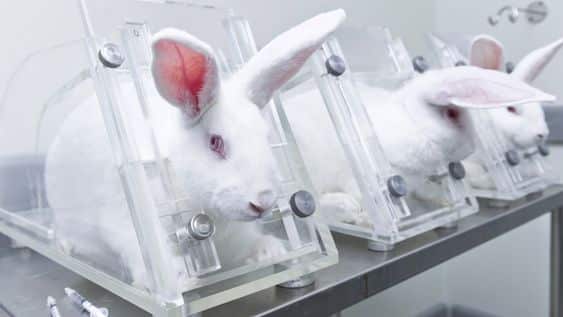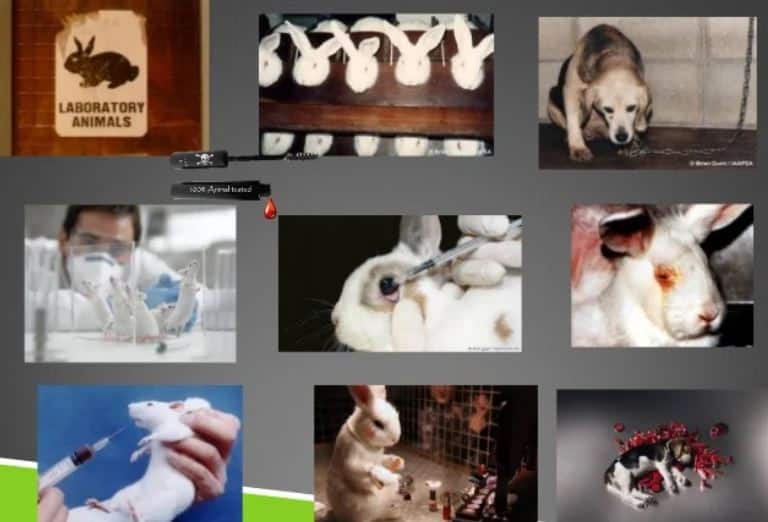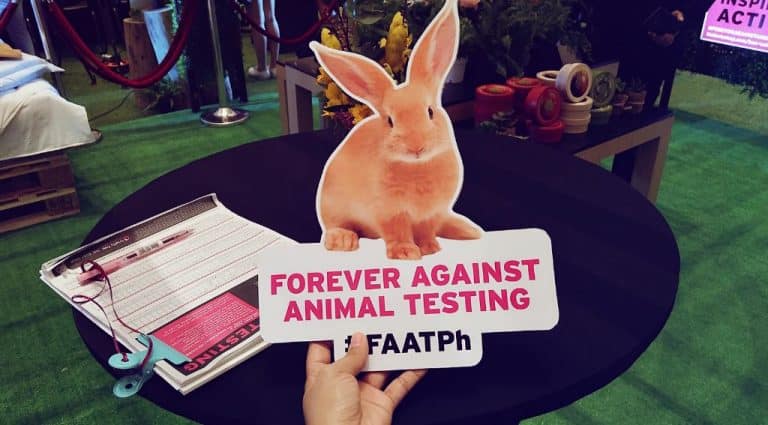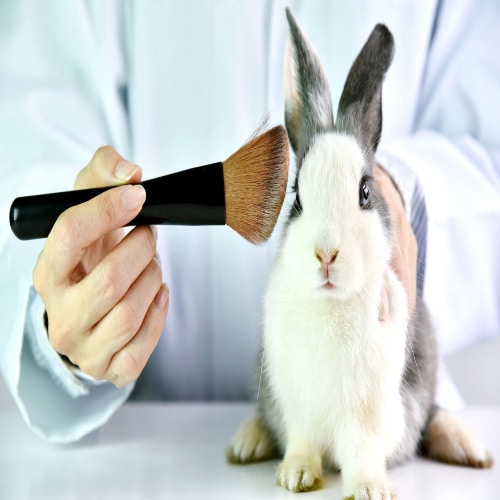Everything You Need to Know: Testing Makeup on Animals
In the world of cosmetics, there’s no doubt that beauty and self-expression are prime attractions.
It is what draws so many people to this wonderful world. It is why so many people are drawn to this magical world. But there is a disturbing truth behind the shiny surface of the beauty industry: testing makeup on animals is cruelly pointless.
This controversial practice, which is done to ensure products are safe, has started a long-running argument and heated discussion.
Here, we will discuss the moral issues surrounding testing cosmetics on animals, examine the history of animal testing, and weigh the pros and cons of this controversial topic.
For a more loving and moral world, we will also give you a full list of brands that still test on animals. We will also stress how important it is to choose cruelty-free beauty products and animals.
Why is Testing Makeup on Animals Cruel and Pointless?
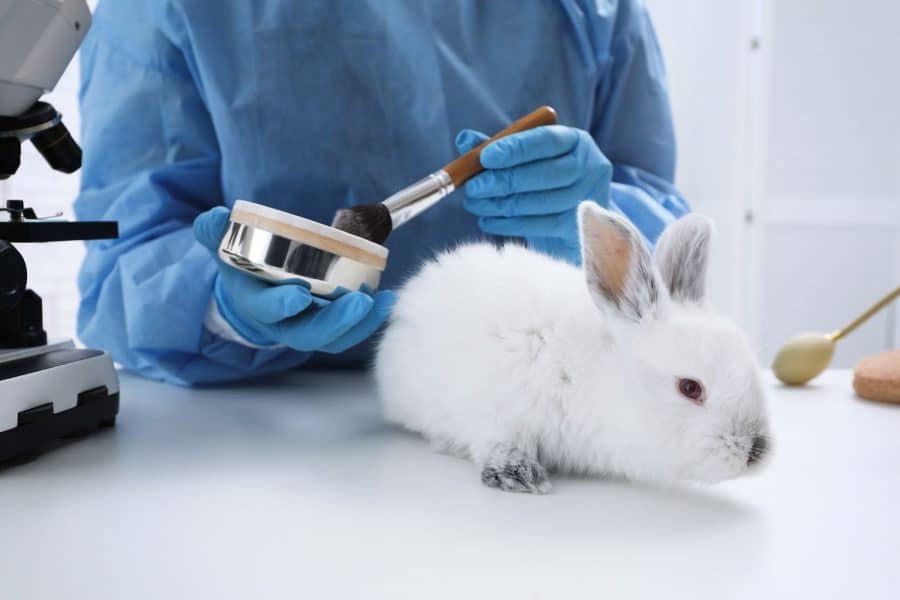
The desire to look good in cosmetics often hides a darker truth: trying makeup on animals is cruel and pointless. In this method, chemicals and substances that could be dangerous to humans are tested on animals to see if they are safe for humans.
Some common ways to test are irritating the skin or eyes, forcing someone to eat, or doing lethal dose toxicity studies. In the name of beauty, rabbits, mice, rats, and guinea pigs are often put together with these tests, where they have to endure pain and suffering.
These poor animals must deal with the pain of people’s vanity and the search for safer beauty products. They go through various pain levels, from mild discomfort to serious pain.
As customers, it’s important to be aware of this upsetting fact and support options that don’t use animals and brands committed to ethical testing.
By making smart choices, we can help make the world more beautiful without putting animal safety at risk.
History of Testing Makeup on Animals
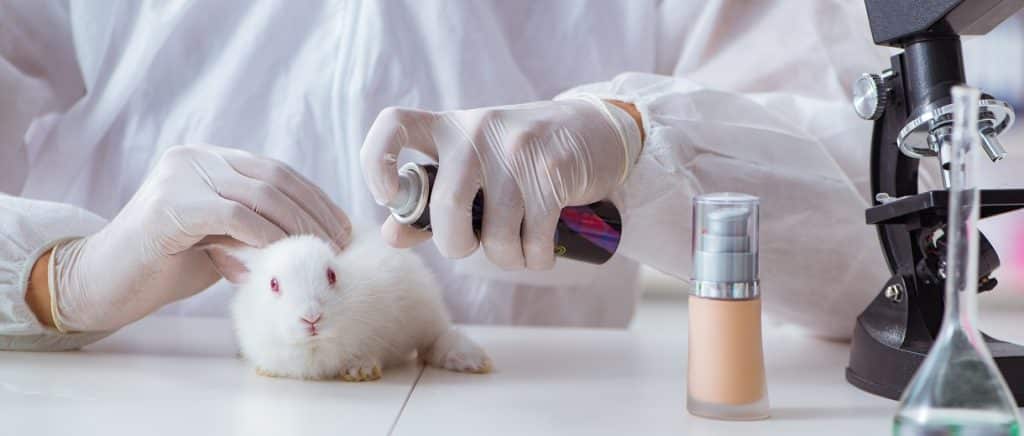
The history of using animals to test cosmetics and other goods is long and complicated. It has changed a lot over the ages. Learning more about this practice’s past helps us understand where it came from and how it got to where it is now, where it is being debated and changed.
1. Origins in The Past
Testing on animals has been done in some way since the beginning. In the past, people used animals to test the safety and effectiveness of medicines, cosmetics, and other useful substances. Due to a lack of information and tools, these practices were often very basic compared to what we know now.
2. 19th Century Progress
There were big changes in animal testing in the 19th century. With the rise of modern science and the need for uniform safety checks, experiments on animals became more organized and under control. During this time, testing on animals as a science method became more popular.
3. 20th Century and Changes in Regulations
The cosmetics business grew very quickly in the 20th century, which made people more worried about the safety of the products they were using. At this time, rules were put in place to protect consumers, which often meant that products had to be tested on animals before being sold.
4. Activism and Public Awareness
People became much more aware of and spoke out against animal testing in the late 20th century and early 21st century. A growing movement for cruelty-free options grew after high-profile campaigns, and exposure showed how cruel the practices were.
5. Regulatory Adaptation
Many countries and areas started changing their laws to allow testing methods that don’t hurt animals. These changes were made because of pressure from the public and the discovery of new ways to test things without using animals.
6. The Current Situation
The makeup business is going through a big change right now. Some parts of the world still test on animals because the government requires them to, but more and more countries and brands are moving away from cruel practices because of customer demand and moral concerns.
This journey through history shows how cosmetic experiments on animals have changed over time. It’s a reminder that the search for safer products has changed, showing how values have changed, and technology has improved.
As customers, it’s important to know about and support the movement toward cruelty-free and ethical beauty products. Together, we can change this complicated past and make the future more caring and responsible.
Brands Involved in The Testing Makeup on Animals
1. Loreal
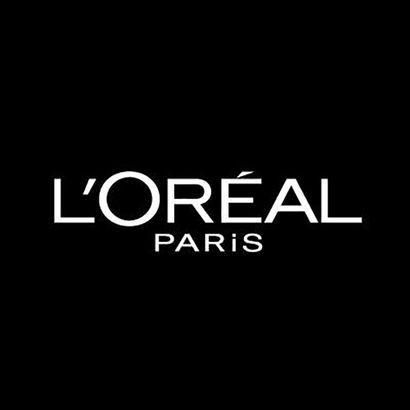
People have said bad things about L’oreal, a big name in the beauty business, because it tests on animals. The company says it has to follow the rules in some countries where animal testing is still required. What is the right balance between following the law and emphasizing testing ways that don’t hurt animals?
2. Estee Lauder
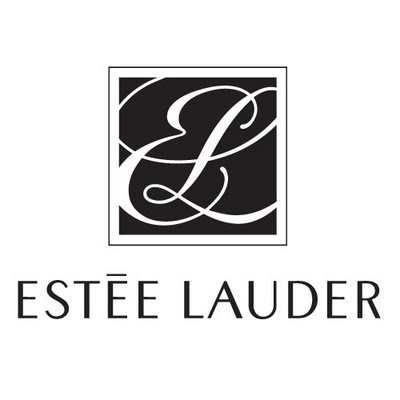
Estee Lauder owns several well-known beauty brands. The company has taken steps to stop using animals in its business, but some of its businesses may still do so to follow local laws. The fact that this happened shows how hard it is to stay decent in the global cosmetics market.
3. Maybelline
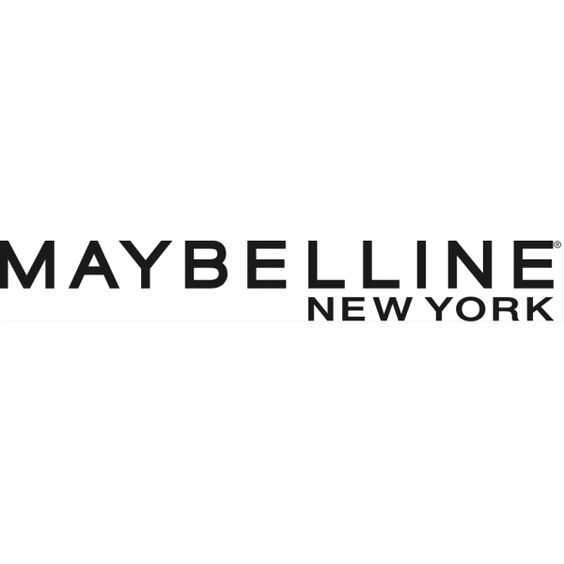
A part of Loreal, Maybelline, has also been criticized for how it tests on animals. As a global company, it has to find a way to balance making sure its products are safe with its moral duty to protect animals as much as possible.
4. Revlon
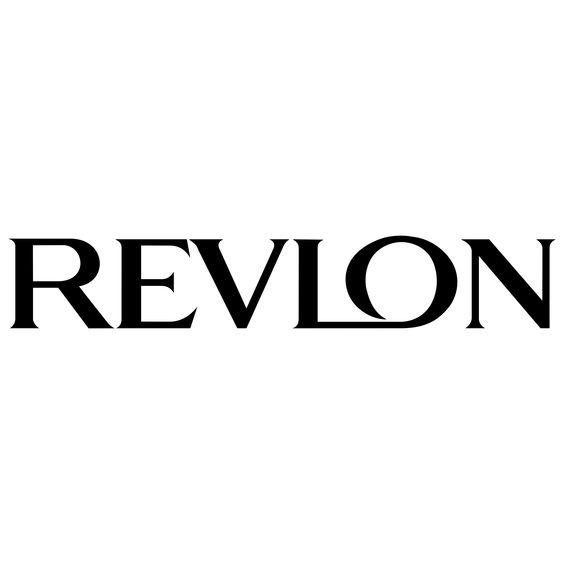
Many people don’t like how Revlon, another big cosmetic company, feels about animal tests. Like many others in the same line of work, it says that different foreign rules require testing on animals. It shows the complicated legal requirements for companies in this line of work.
5. CoverGirl
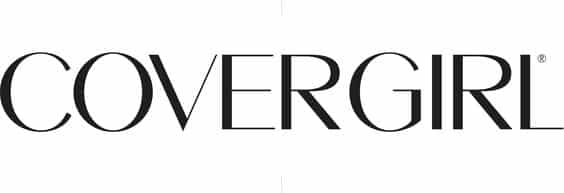
CoverGirl tries to make goods without hurting animals, but they still sell them in places where it’s against the law not to. It shows how hard it is for brands that want to stay popular worldwide without using animals in their tests.
6. MAC Cosmetics
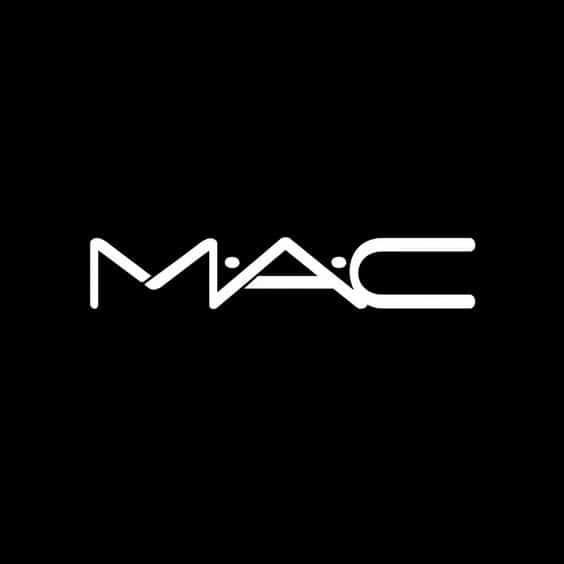
MAC Cosmetics has had trouble getting rid of all animal testing because of standards set by the market in some areas. It shows how hard it is for brands to choose when dealing with different legal environments.
7. Clinique
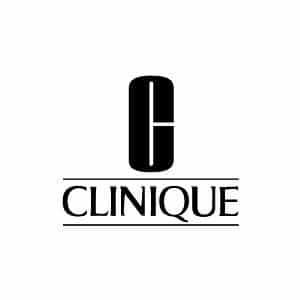
Clinique is known for its beauty and skin care goods, but animal testing has caused some problems for the company. The brand is committed to not using animals in its products, but local laws can make it hard to do business worldwide.
8. Avon
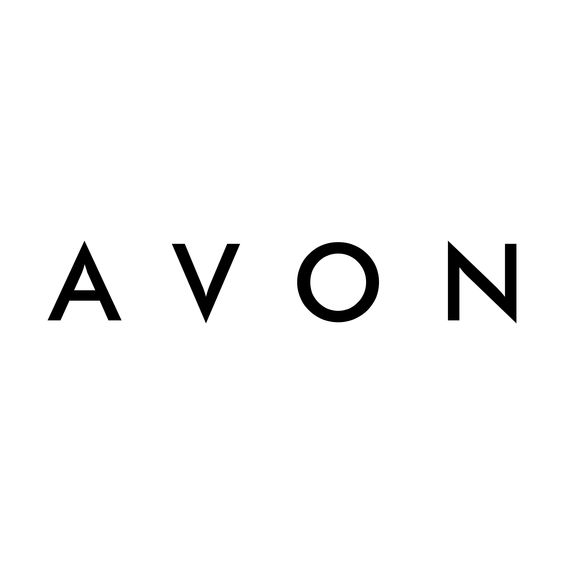
Avon is a well-known makeup company that has also been criticized for how it tests its products on animals. It shows how hard it is for brands to balance ethics and compliance in foreign markets.
9. NARS
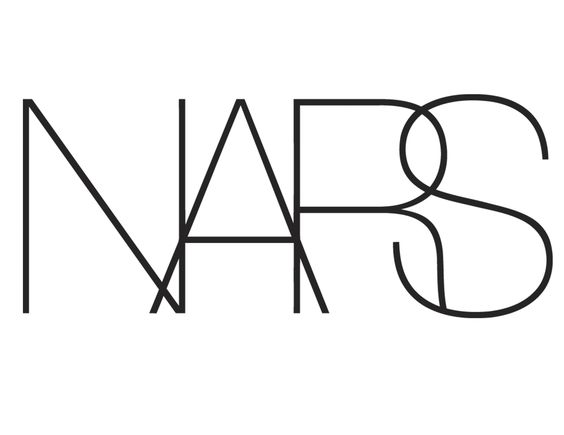
Because of rules in some countries, NARS, a cosmetic brand known for its style and new ideas, has had to deal with worries about animal testing. It shows how hard it is for brands to make decisions in a market that is becoming more global.
10. Benefit
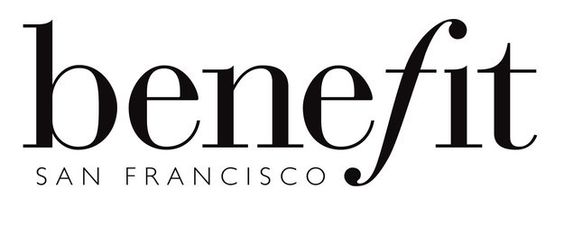
The benefit is another business criticized for its stance on animal testing. Benefit is known for making cosmetics that are unique and creative. Finding a way to stop using animals in your business while doing business in different areas is hard.
In a globalized world where cosmetics are traded across borders, it can be hard for brands to stay ethical while following the rules in each area. People who care about cruelty-free products can make a big difference by supporting brands that use ethical testing methods and asking for global standards to be unified. The cosmetics business will move toward being cruelty-free if consumers choose to do so. The cosmetics business will move toward being cruelty-free if consumers choose to do so and if government rules are changed.
Pros and Cons of Testing Makeup on Animals
For decades, people have had strong feelings about the practice of trying cosmetics and other items on animals. Before fully understanding this problem, you need to look into the pros and cons of animal testing. These two sides of the issue show how complicated this controversial practice of cruelty-free beauty products is.
Pros
1. Safety
People who support testing animals say that it is an important step in ensuring that products are safe for people to use. By testing cosmetics on animals, possible risks and dangers can be found, which helps keep people from having bad reactions to cosmetics.
2. Regulatory Compliances
In makeup regulations in Asian countries, products must be tested on animals. Brands may feel they must follow these rules to get into these markets, which shows how hard it is to deal with global law requirements.
3. Scientific Research
Scientists need to test on animals for many reasons, not just cosmetics. For example, testing on animals is important in health and toxicology. Researchers say that the information they get from these experiments helps to improve medical knowledge and create treatments that can save lives.
4. Traditional Practices
In some countries, testing cosmetics and medicines on animals has been done for a long time to ensure they are safe and effective. The fact that these practices are accepted makes the switch to testing methods that don’t hurt animals even harder.
Cons
1. Concerns About Ethics
The main and most important worry is the moral problem of hurting and killing animals for beauty and product safety. A lot of people and groups say that this kind of abuse is wrong in today’s world.
2. Ineffectiveness
People who are against animal testing say that it doesn’t always exactly predict how people will react. Because of differences in how our bodies work, results can be wrong, putting people in danger when goods that are safe for animals are used on people.
3. Never Testing Methods
Thanks to technological progress, there are now newer testing methods that are more humane and often more accurate. These include in vitro testing and computer models. Some say these options should be given more weight than animal testing to ensure safer goods are made without hurting animals.
4. Changing the Rule
The movement around the world toward methods that don’t hurt animals is slowly changing the rules. This change shows how flexible the cosmetics business is and how important it is to change standards based on what customers want.
When you know the pros and cons of animal testing, you can see the complicated problems that cosmetics businesses, regulators, and customers face.
Finding a balance between safety, ethics, and scientific accuracy is hard and always changing as we try to make beauty goods safer. As customers, it’s important to know about these problems and choose cosmetics made ethically, which will help the industry change in the long term.
Why are Cruelty-Free Beauty Products Important
As people learn more about the moral problems with traditional animal testing in the cosmetics business, cruelty-free beauty products have become very popular. Several important things are causing this desire to grow.
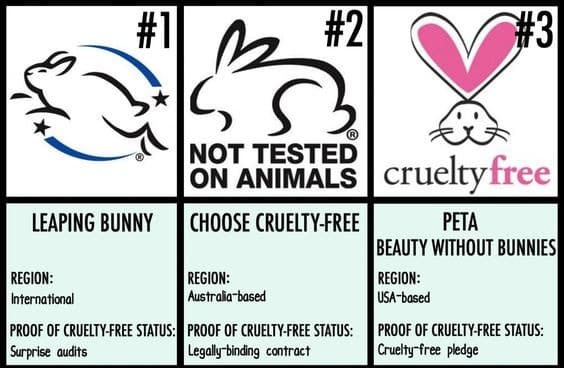
1. Awareness: More people are choosing cruelty-free products because they are becoming more aware of the pain caused to animals during standard cosmetic testing.
2. Transparency: Cruelty-free brands put a high value on being open and responsible, and they promise customers that their goods are never tested on animals during development.
3. New Testing Methods: The trend toward animal-friendly goods has led to more advanced testing methods that don’t use animals and often give more accurate results.
4. Global Shift: A global shift is happening as more and more countries are passing laws to limit or ban animal testing, which is good for cruelty-free brands.
5. Consumer Influence: People’s decisions have a lot of power, and when they buy cruelty-free brands, they support moral behavior and animal welfare.
6. Competitive Advantage: In a market where ethical shopping is rising, brands that stick to cruelty-free principles have an advantage.
The growing interest in beauty products that don’t test on animals shows a change toward more ethical and environmentally friendly options. People who buy these products actively support a business that cares about animals and people.
Conclusion
Finally, the practice of testing makeup on animals in the beauty business has been a controversial one for a long time.
More people want beauty items that don’t test on animals because they care about doing the right thing. It shows that people’s values are changing in general.
People can now make a difference by supporting brands dedicated to being open and using testing methods that don’t hurt animals.
This change not only shows a desire for safer and more caring methods, but it also makes way for an industry that truly cares about both human beauty and animal well-being.
By researching and choosing cruelty-free options, we can help make the world of makeup and skincare a better place where ethics and beauty can live together peacefully.
Frequently Asked Questions
Why Does the Makeup Business Still Test on Animals?
Testing on animals is still done in some places to meet government standards, as it has been for a long time. Some brands may also test on animals to get into markets that require it.
How Can I Tell Which Beauty Items Don’t Test on Animals?
On product packages, look for signs that say the product is cruelty-free, like the Leaping Bunny or PETA’s Beauty without Bunny logo. Before you buy something, you should always look into the name and see how they handle animal testing.
Are There Good Options Besides Using Animals in The Makeup Business?
Without hurting animals, there are more and more effective ways to learn about safety besides using animals. These include in vitro testing, computer modeling, and other new technologies.

